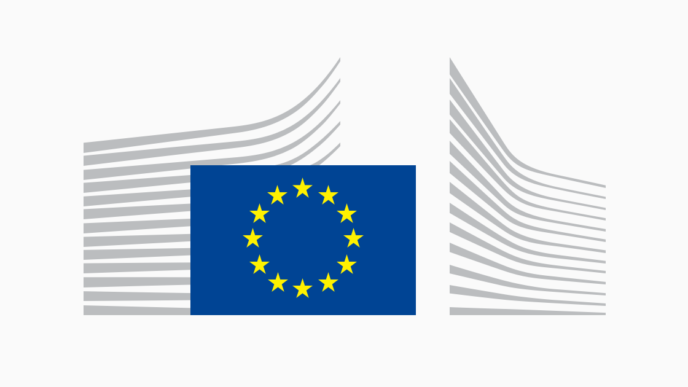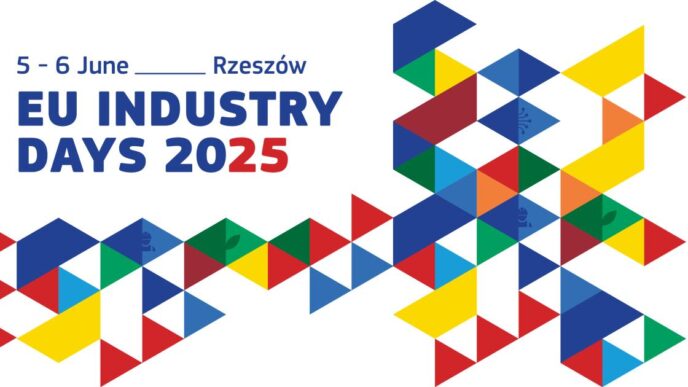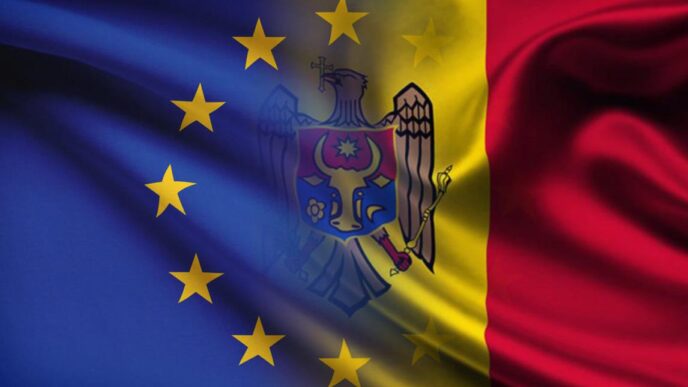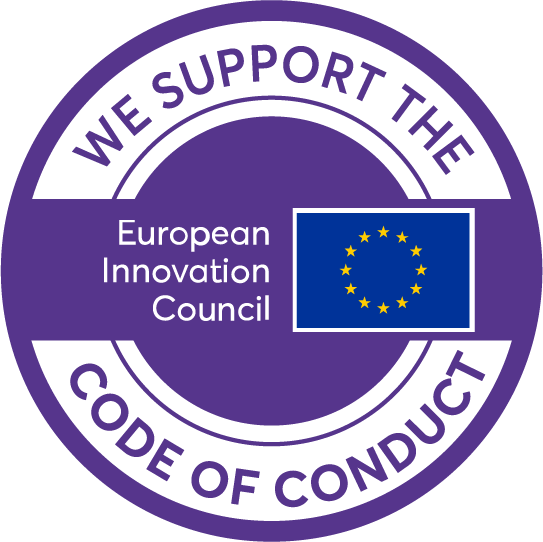The framework includes updated figures, mostly using 2023 data instead of 2022. It also includes new indicators, covering gaps in the areas of access to education, healthcare and healthy nutrition identified in the first version of the monitoring frameworkpublished in 2023.
Key developments
Since the publication of the first version of the monitoring framework, the overall share of children in poverty has remained broadly stable – nearly 1 / 4 children are still at risk of poverty or social exclusion.
There has also been a slight increase in the participation of children in poverty to early childhood education and care, reaching 24% in 2023. Yet this rate remains lower than that of more advantaged children which indicates that access barriers are still to be addressed.
Educational inequalities have widened, with an increase of 5 percentage point (pp) in the rate of school underachievement among disadvantaged children in 2022 compared to 2018.
Access to adequate housing has slightly worsened, with for instance a 2 pp rise in the incidence of energy poverty among households with children in poverty recorded in 2023.
Background and next steps
The Indicators’ Sub-Group of the Social Protection Committee, together with the European Commission, updated the monitoring framework to assess the implementation of the Council Recommendation on the European Child Guarantee. The monitoring framework also helps to identify good practices and foster mutual learning.
To ensure that the framework’s data remain up to date, the Indicators’ Sub-Group will keep updating the framework and exploring ways to fill the remaining data gaps in the months to come.












